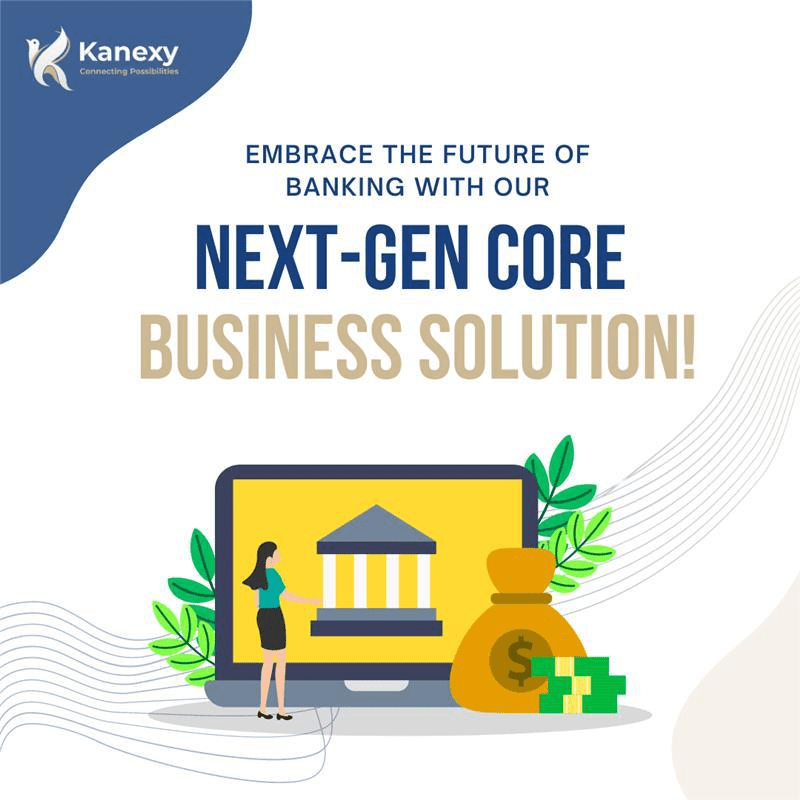Modern enterprises are no longer static entities bound by traditional operational structures. They are dynamic, fast-paced, and perpetually evolving, built on a foundation of digital innovation and technology. This article explores the importance of modernization in today’s enterprises, the different types of modernization, and the role of modern enterprise solutions like those offered by Kanexy, including Microsoft Dynamics 365 and Odoo.
I. The Evolution of Modern Enterprises
The business landscape has radically evolved over the years, primarily driven by advancements in technology and shifting consumer behavior. Modern enterprises are the by-products of this evolution, characterized by their adaptability, scalability, and accelerated pace of innovation.
Enterprises today operate in a highly volatile environment where unpredictability and constant change are the norm. This demands a new level of business agility, where enterprises need to place digital transformation at the heart of their operations. However, legacy technical environments and operational structures often limit the speed of evolution required in the modern world.
II. The Imperative of Modernization
Modernization is no longer a choice but a necessity for enterprises to stay competitive. It involves a strategic shift from vertically integrated solutions to more consistent, long-term platforms for innovation. Modern enterprise solutions enable businesses to deploy private wireless and intelligent data management systems, thereby ensuring security, cost-effectiveness, and time-efficient value realization.
Modernization provides enterprises with the ability to streamline their technology stack, optimize employee workflows, and respond adeptly to changes in the business environment. It’s a continuous journey that requires a holistic approach, taking into account the organization’s vision, mission, and strategic goals.
III. The Different Types of Modernization
Modernization in enterprises can take various forms, each of which is integral to the overall digital transformation journey.
1. Application Modernization
Application modernization involves updating legacy software to align with current and future business needs. It can include adding new features, migrating to a newer hosting platform, updating or fixing broken code, and much more. The goal of application modernization is to eliminate the time-consuming work associated with maintaining legacy technology, thereby freeing up resources to focus on future innovation.
2. IT Process Modernization
IT process modernization focuses on improving the application development process. With the advent of Agile and DevOps, application development has become significantly faster and more efficient. However, for host-based applications, the development lifecycle can still lag behind, necessitating a hybrid approach to application delivery.
3. Infrastructure Modernization
Infrastructure modernization involves prioritizing application host platforms in terms of development, test, and production. By implementing fit-for-purpose infrastructure, enterprises can support both traditional and new applications, ensuring robust security for applications and data.
IV. The Role of Modern Enterprise Solutions
Modern enterprise solutions like Microsoft Dynamics 365 and Odoo, offered by Kanexy, play a crucial role in the modernization journey of enterprises. These solutions provide a comprehensive set of tools and functionalities that help businesses streamline their operations, improve customer experiences, and boost overall productivity.
Microsoft Dynamics 365 is a suite of business applications that integrates CRM and ERP capabilities. It offers tools for sales, customer service, field service, human resources, finance, and operations, among others. It’s a cloud-based solution that provides real-time data and insights, enabling businesses to make informed decisions and drive growth.
Odoo, on the other hand, is an open-source suite of integrated business applications. It offers a wide range of modules, including CRM, e-commerce, billing, accounting, manufacturing, warehouse management, and project management. It’s a flexible and customizable solution that can be tailored to meet the unique needs of businesses.
V. The Benefits of Modernization
Modernization offers a host of benefits for enterprises. It not only improves agility but also delivers better experiences and reduces costs. Here’s a closer look at these benefits:
1. Improved Agility
Modernization enables enterprises to deliver applications frequently, develop new features quickly, and create a future-ready platform. It facilitates faster time to market and allows businesses to respond swiftly to changing market dynamics.
2. Better Experiences
By modernizing applications and processes, enterprises can significantly enhance user and customer experiences. It improves response times, increases developer productivity, and provides a modern user interface.
3. Cost Reduction
Modernization helps enterprises moderate the use of resources, gain independence from licensing and support-related price hikes, and minimize support costs. It’s a cost-effective way to update and maintain business-critical operations.
VI. The Road Ahead
The journey of modernization is ongoing. As technology continues to evolve and consumer expectations shift, enterprises need to stay ahead of the curve and continuously innovate. The future of modern enterprises lies in their ability to harness the potential of modern technology and drive digital transformation.
To remain competitive in the digital age, enterprises need to embrace modernization and leverage modern enterprise solutions. With the right strategy and tools, businesses can navigate through the complexities of modernization and emerge as leaders in their respective industries.






